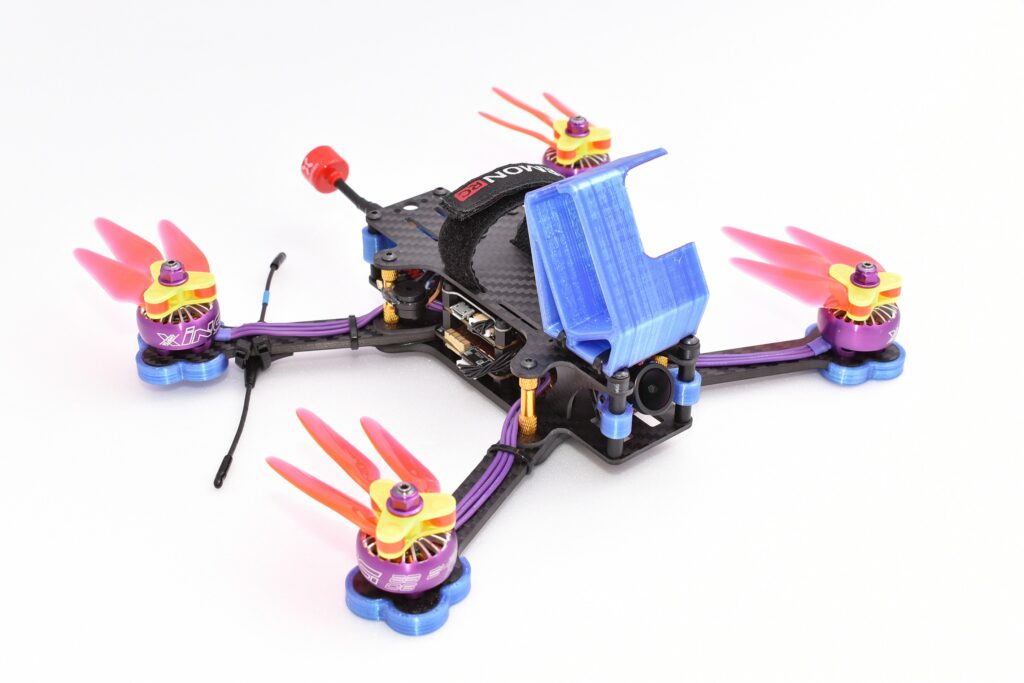Imagine a world where tiny flying robots zip through disaster zones searching for survivors, pollinate crops in the face of declining bee populations, or conduct surveillance operations with unprecedented stealth. This isn’t science fiction—it’s the emerging reality of bug drones, one of the most exciting frontiers in robotics today. For decades, engineers have marveled at the extraordinary flight capabilities of insects, from the precise hovering of dragonflies to the remarkable efficiency of bees traversing miles on minimal energy. While conventional aircraft design has traditionally followed fixed-wing or rotary principles, insect flight mechanics offer revolutionary alternatives that overcome significant limitations in size, maneuverability, and energy consumption. This convergence of entomology and robotics is creating a new generation of micro-aerial vehicles that mimic nature’s time-tested designs, potentially transforming everything from agriculture to emergency response. Let’s explore how the humble bug is inspiring cutting-edge technology that could soon buzz all around us.
The Aerodynamic Marvel of Insect Flight
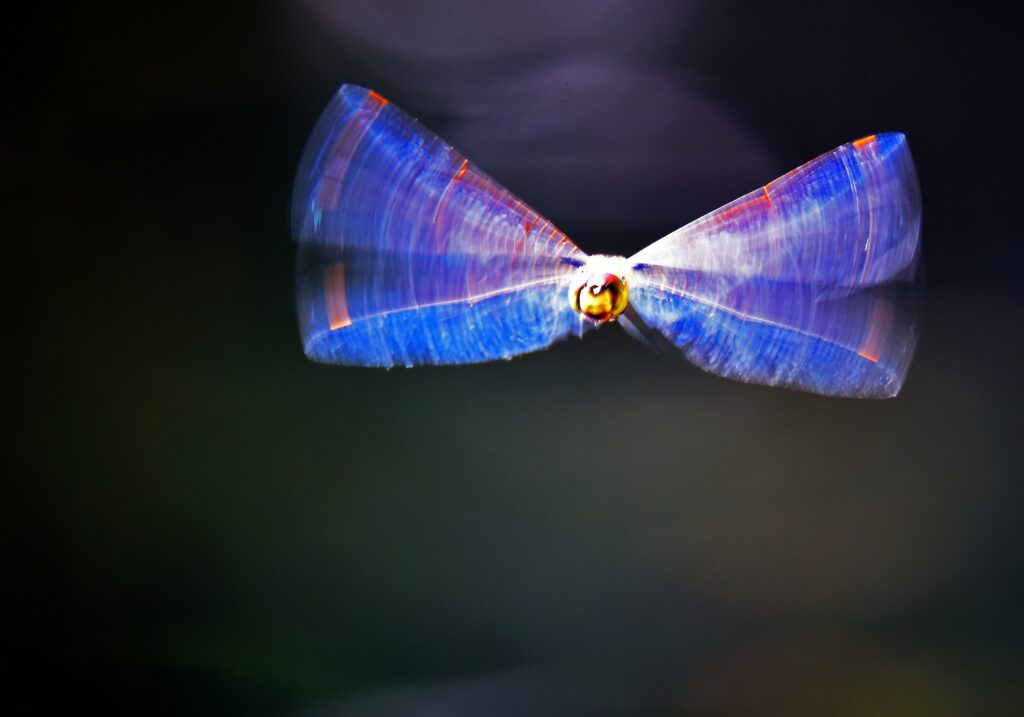
Insects achieve flight through mechanisms that defied scientific explanation for decades, operating under entirely different aerodynamic principles than conventional aircraft. Rather than relying on steady airflow over fixed wings, insects generate lift through a complex interplay of wing rotations, vortex creation, and rapid oscillations—sometimes beating their wings hundreds of times per second. This phenomenon, known as “unsteady aerodynamics,” allows creatures like bees to stay aloft despite what classical aerodynamics would deem insufficient wing area for their body weight. The mystery was so profound that in the 1930s, mathematician Antoine Magnan famously declared insect flight mathematically impossible, leading to the aerodynamic paradox known as “the bumblebee problem.” Modern high-speed photography and computational fluid dynamics have since revealed the sophisticated mechanisms at work, showing how insects create miniature tornadoes of low pressure above their wings that generate additional lift.
Key Advantages of Insect-Inspired Flight
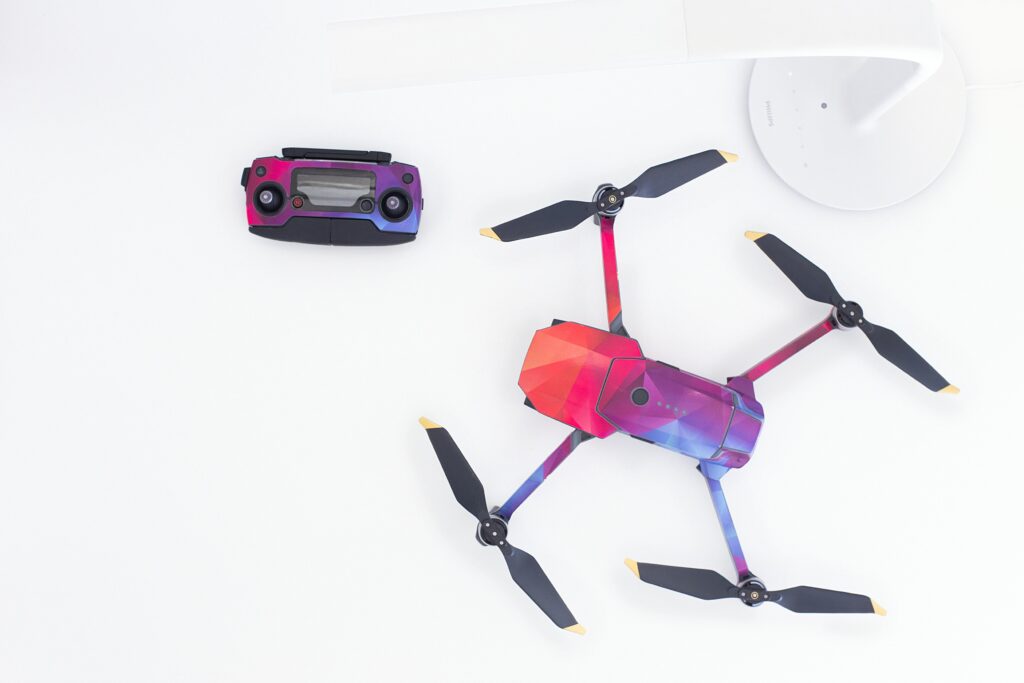
Insect flight mechanics offer several distinct advantages that make them attractive models for small-scale robotics. The first and perhaps most significant is exceptional maneuverability—insects can hover in place, fly backward, perform instant 180-degree turns, and navigate through extremely tight spaces with precision that conventional drones cannot match. Size represents another crucial advantage, as insect-inspired designs can be scaled down to dimensions impossible with traditional propeller systems, potentially as small as a few millimeters. Energy efficiency stands as a third major benefit, with insects like monarch butterflies migrating thousands of miles on minimal caloric intake, suggesting possibilities for dramatic improvements in drone flight duration. Finally, insect-inspired drones can operate with significantly reduced noise signatures compared to the distinctive buzz of propeller-based drones, making them ideal for sensitive applications where stealth is paramount.
The Engineering Challenges of Miniaturization
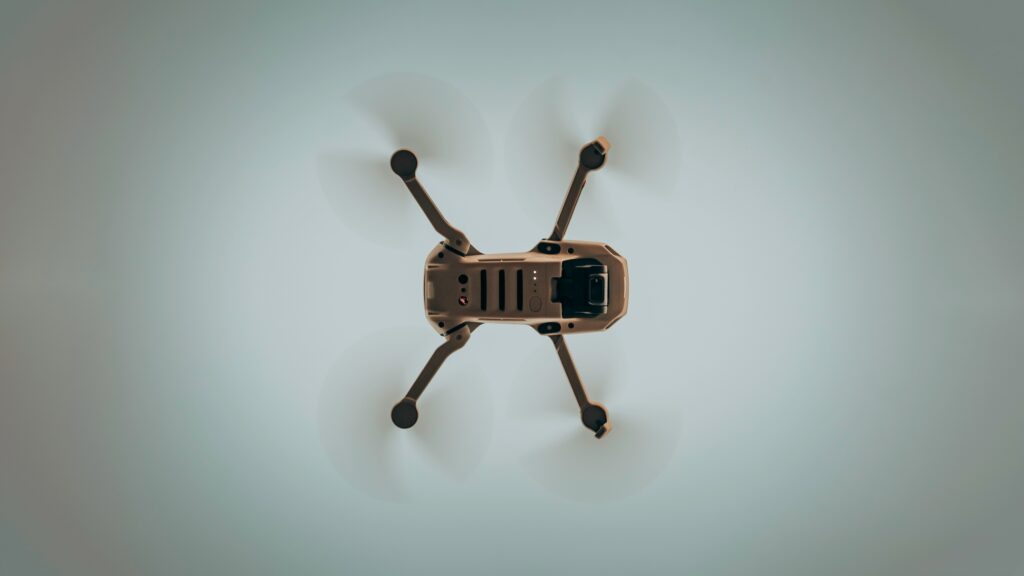
Creating functional insect-scale drones presents formidable engineering obstacles that researchers have spent decades trying to overcome. Power supply remains perhaps the most significant hurdle, as conventional batteries become prohibitively heavy at very small scales, forcing engineers to develop novel ultra-lightweight power solutions or tethered systems. Miniaturized actuation mechanisms present another major challenge, requiring new approaches to create the rapid, precise wing movements that generate lift at insect scales. Materials science plays a crucial role, demanding substances that combine extreme lightness with necessary durability and flexibility to withstand the stresses of rapid wing oscillation. Additionally, as devices shrink, physics works against designers—surface forces like friction and adhesion become proportionally more significant than gravity, creating entirely different engineering considerations than those governing larger aircraft.
Harvard’s RoboBee: A Breakthrough in Micro-Robotics
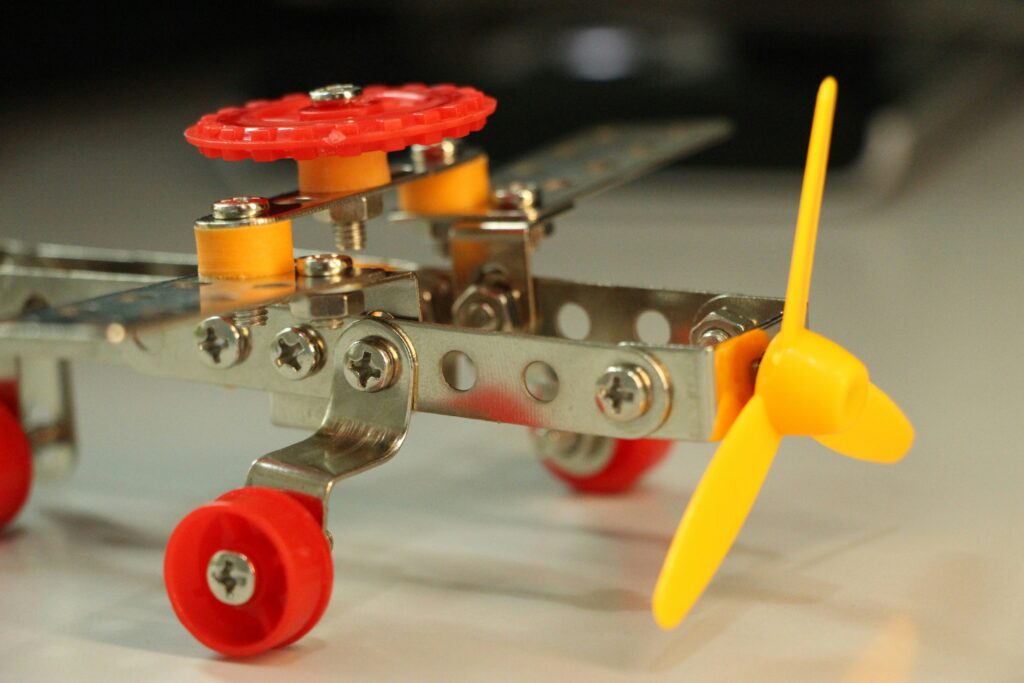
The Harvard Microrobotics Laboratory achieved a historic milestone in 2013 with the first controlled flight of their RoboBee, an insect-scale robot with a wingspan of just 3 centimeters and weighing less than a tenth of a gram. This remarkable creation utilizes piezoelectric actuators that convert electrical energy into physical movement, enabling its wings to beat 120 times per second in patterns mimicking those of real bees. The RoboBee project has continued to evolve, with subsequent versions adding capabilities like perching on surfaces to conserve energy, swimming underwater, and even transitioning between aquatic and aerial environments—a feat difficult even for conventional drones. The latest iterations incorporate solar cells that move the project closer to achieving autonomous flight without tethered power, which would represent a revolutionary advancement in micro-aerial vehicle design. Despite its diminutive size, RoboBee demonstrates sophisticated flight control that continues to narrow the gap between mechanical and biological performance.
DelFly: The Dragonfly-Inspired Surveillance Drone
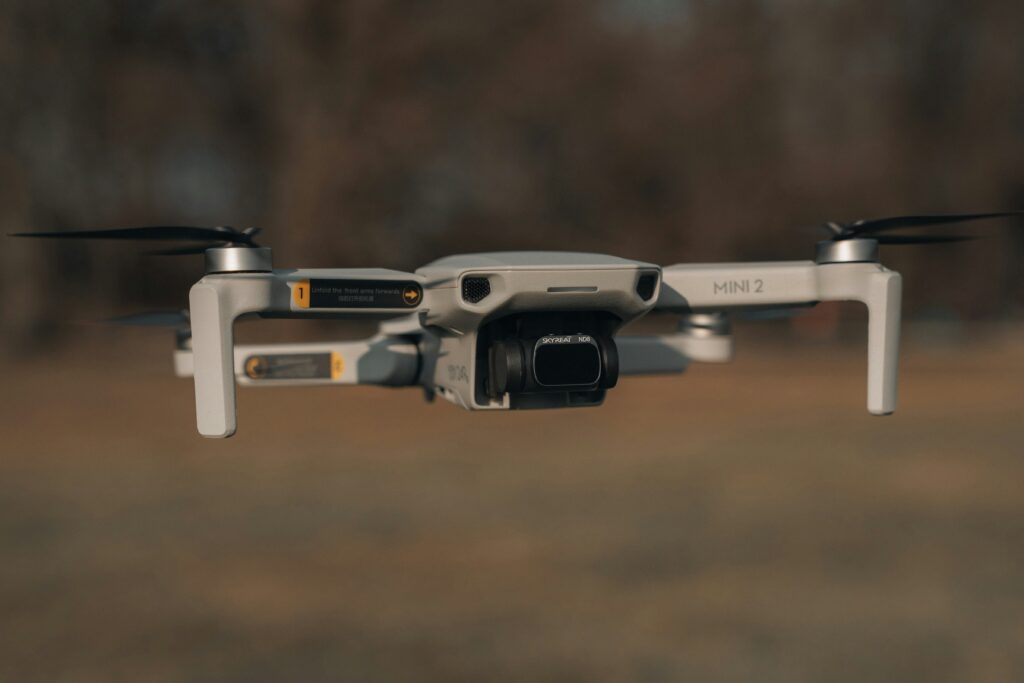
The Technical University of Delft in the Netherlands has developed the DelFly series, biologically inspired micro-drones that mimic the wing structure and flight patterns of dragonflies and other four-winged insects. Unlike many experimental bug drones, the DelFly models have achieved remarkable practical functionality, with the DelFly Micro weighing just 3 grams with a 10-centimeter wingspan, capable of carrying a camera and transmitting video in real-time. The more advanced DelFly Nimble achieves exceptional agility through independently controlled wings, allowing it to perform complex aerial maneuvers including rapid banked turns and even insect-like escape patterns when threatened. What makes the DelFly particularly significant is its hybrid approach, combining biological inspiration with practical engineering solutions that have resulted in one of the most capable insect-scale flying robots to date. The DelFly team continues to refine their designs with increasingly sophisticated sensors and control systems, gradually approaching the remarkable capabilities of their biological counterparts.
The Role of Artificial Intelligence in Bug Drone Control
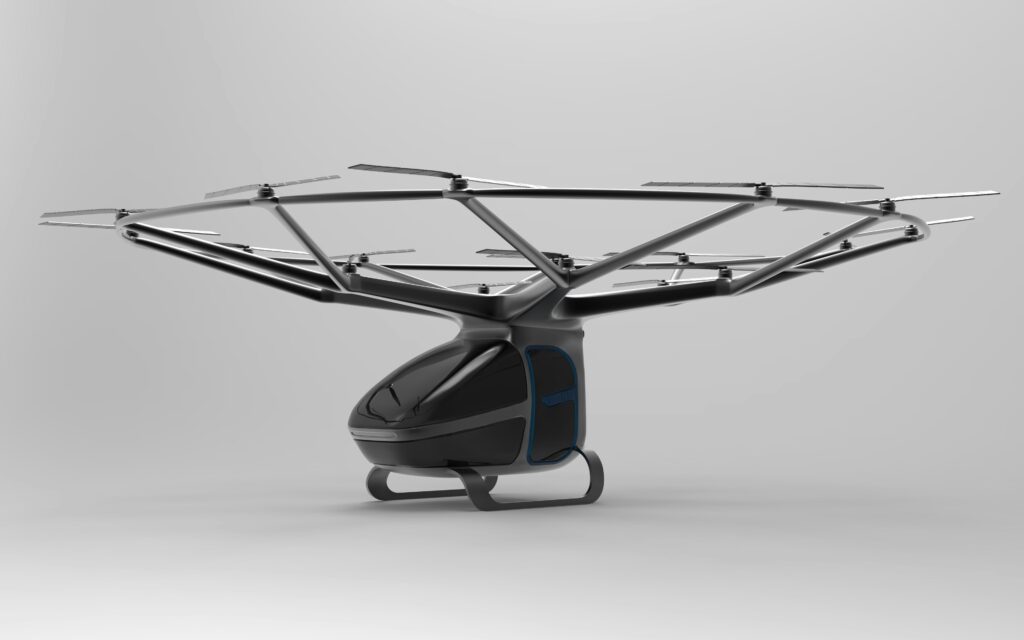
Controlling insect-scale flying robots presents unique challenges that increasingly rely on artificial intelligence to solve. Unlike larger drones that can carry substantial computing hardware, bug drones require extremely lightweight yet sophisticated control systems capable of processing sensor data and making flight adjustments hundreds of times per second. Researchers are developing specialized neural networks that can run on minimal hardware while still managing the complex calculations needed for stable flight at insect scales. Some systems employ biomimetic approaches that directly model insect nervous systems, including the remarkable navigational capabilities of bees that efficiently solve complex problems with minimal neural tissue. The most advanced control systems implement machine learning algorithms that allow bug drones to adapt to changing conditions and improve their flight performance over time, just as real insects learn to navigate their environments. As these AI systems evolve, they’re enabling increasingly autonomous operation—a crucial development since remote control becomes impractical at the operational ranges and environments where bug drones would be most valuable.
Applications in Search and Rescue Operations

Insect-inspired drones show extraordinary promise for transforming search and rescue operations, particularly in disaster scenarios where conventional approaches may be dangerous or impossible. Their small size allows them to navigate through rubble and confined spaces inaccessible to larger drones or human rescuers, potentially locating survivors in collapsed buildings or other hazardous environments. Swarm capabilities, modeled after social insects like bees, could enable coordinated search patterns covering large areas more efficiently than individual operators. Advanced sensing technologies, including thermal imaging, chemical sensors, and acoustic detectors, can be integrated into bug drone designs to detect human presence even when victims are invisible to the naked eye. The University of California Berkeley’s SAVER project (Sensor Array for Victim Entrapment Recognition) demonstrates this potential, developing centimeter-scale drones specifically designed to operate in post-disaster environments to locate survivors through multiple sensing modalities.
Agricultural Applications and Artificial Pollination
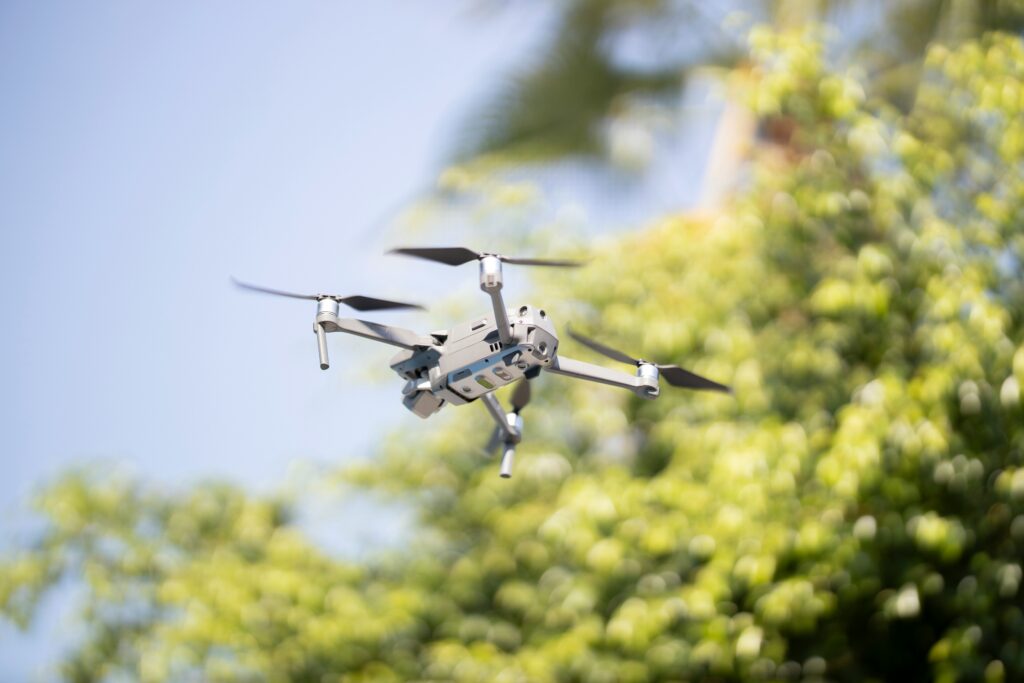
As global bee populations face continuing threats from pesticides, disease, and habitat loss, researchers are exploring how bug drones might supplement or eventually substitute natural pollination processes essential to agriculture. Japanese scientists at the National Institute of Advanced Industrial Science and Technology have developed insect-scale drones with horse-hair bristles coated in ionic liquid gel that can collect and transfer pollen between flowers, demonstrating successful pollination of lilies in laboratory settings. Harvard’s Wyss Institute has expanded on this concept with RoboBee designs specifically tailored for pollination tasks, incorporating electrostatic charging to improve pollen adhesion in a manner similar to how natural pollen sticks to bees. Beyond pollination, bug drones equipped with multispectral imaging sensors can monitor crop health at unprecedented resolution, identifying disease outbreaks or irrigation issues at individual plant levels rather than field-wide assessments. Agricultural technology companies like BeeHero are already integrating aspects of this research into commercial systems that combine natural pollinators with robotic monitoring to improve agricultural efficiency.
Military and Surveillance Applications
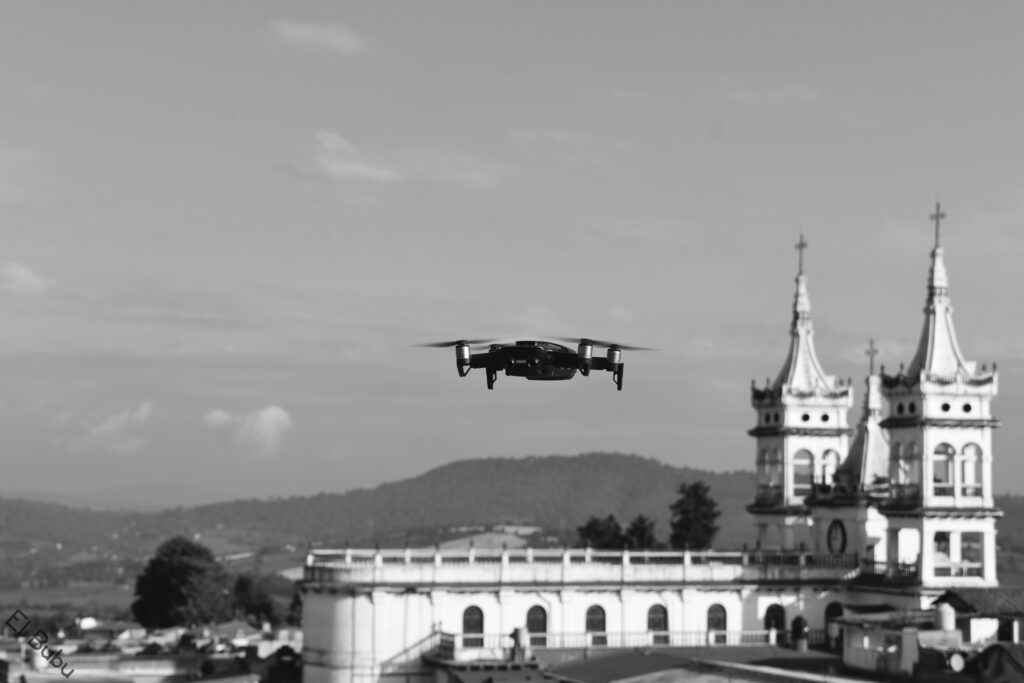
The defense sector has shown significant interest in bug drone technology, recognizing its potential to revolutionize intelligence gathering and surveillance capabilities. The Defense Advanced Research Projects Agency (DARPA) has funded numerous insect-inspired drone programs through initiatives like the Nano Air Vehicle program, seeking to develop nearly undetectable reconnaissance platforms that can operate in urban environments and inside buildings. These military bug drones incorporate sophisticated features like whisper-quiet propulsion systems, biomimetic visual camouflage that allows them to resemble actual insects, and advanced sensing technologies that can detect biological, chemical, or explosive threats. The Black Hornet Personal Reconnaissance System, developed by Prox Dynamics and used by military forces including the British Army and U.S. Marines, represents a commercially successful implementation of insect-inspired design principles in a military context, though larger than true bug drones at 10×2.5 cm. Ethical concerns about privacy and weaponization have grown alongside these technologies, prompting calls for international agreements governing their deployment and use.
Biomimetic Sensing Systems
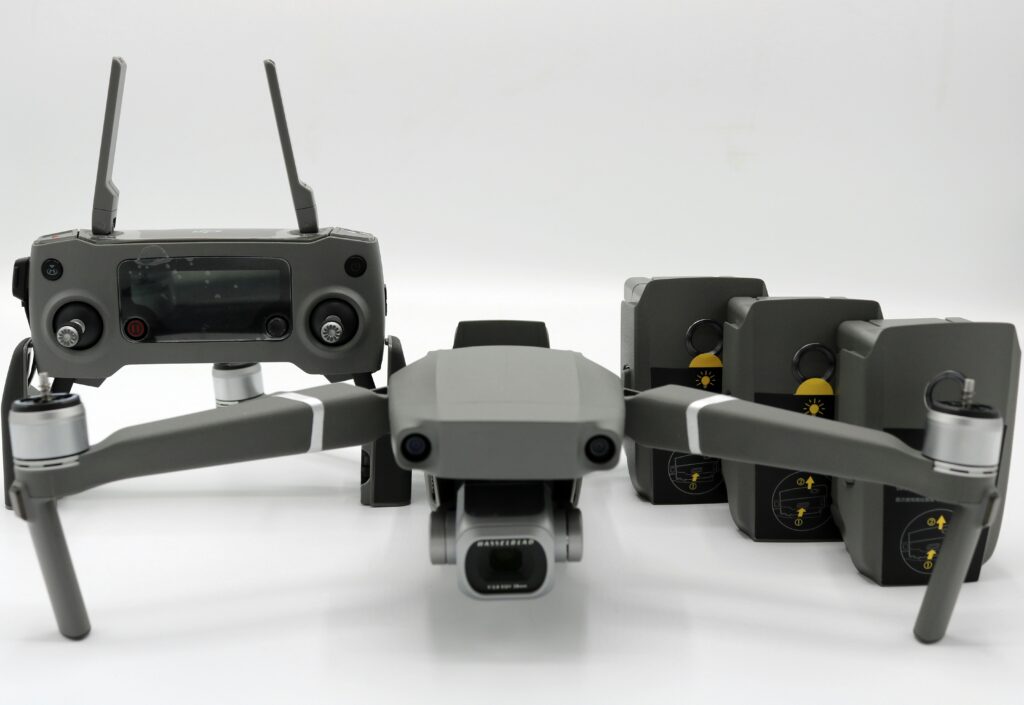
The remarkable sensory capabilities of insects provide another rich area of inspiration for bug drone development beyond mere flight mechanics. Researchers are replicating insect compound eyes using arrays of miniature cameras and lenses that provide wide-field vision and exceptional motion detection capabilities crucial for navigation in complex environments. The antennae of insects, which serve as sophisticated multi-functional sensory organs, have inspired new sensor designs that can detect airflow patterns, chemical signatures, and even electromagnetic fields with minimal weight and power requirements. Perhaps most impressively, engineers at the University of Washington have developed sensors based on the mechanoreceptors found on insect wings, creating airflow-sensing capabilities that allow for automatic flight corrections in gusty conditions without requiring complex computational analysis. Biomimetic hearing systems modeled after the remarkably efficient acoustic sensors of parasitic flies can detect sounds with directional precision that exceeds conventional microphone arrays while requiring substantially less processing power.
Energy Harvesting and Power Solutions
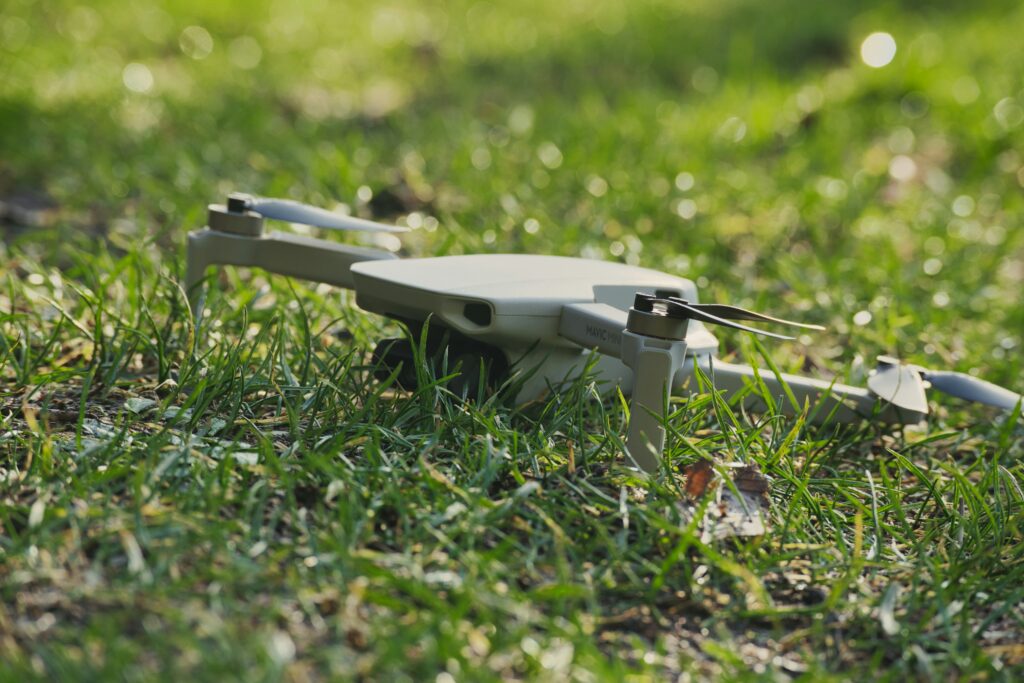
Powering bug drones represents perhaps the most significant challenge to their practical deployment, driving innovations in energy harvesting and storage technologies specifically for micro-scale applications. Solar cells have been miniaturized and optimized for the unique energy requirements of insect-scale flight, with researchers at the University of Washington demonstrating laser-powered flight in which photovoltaic cells convert externally provided laser energy into electricity to power wing movements. Biological energy harvesting systems that mimic how insects extract energy from sugars present an intriguing alternative, with early prototypes demonstrating catalytic conversion of ambient glucose into electrical power. Mechanical energy harvesting systems that generate electricity from wing vibrations during flight offer another approach, potentially extending operational durations by recovering energy that would otherwise be lost. The most advanced power solutions combine multiple approaches in hybrid systems that, for example, use solar cells to recharge ultra-lightweight batteries when light conditions permit, while drawing from stored energy during indoor operations.
Materials Science Breakthroughs
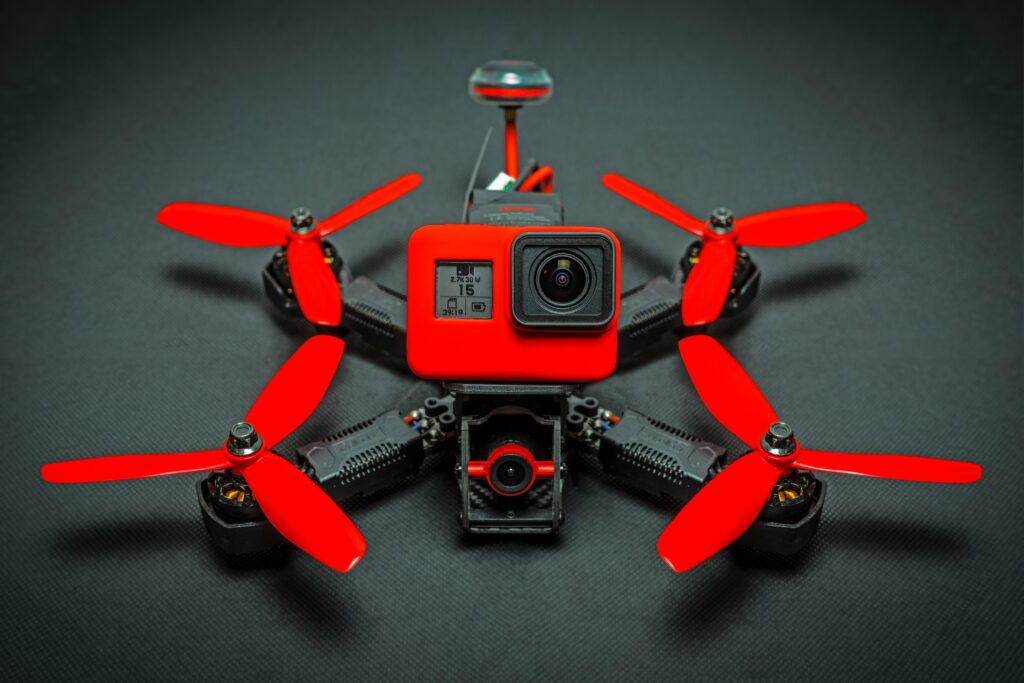
The development of bug drones has both benefited from and accelerated innovations in materials science, with researchers creating new substances specifically designed for the unique demands of insect-scale robotics. Carbon fiber composites with precisely engineered flexibility patterns allow wing structures to deform in flight exactly as insect wings do, generating more efficient lift than rigid alternatives. Shape-memory polymers provide actuating mechanisms that change form in response to electrical stimulation, mimicking insect muscle functions while weighing significantly less than conventional motors. Researchers at MIT have developed 3D-printed metamaterials with precisely tailored mechanical properties that allow components to bend in specific directions while remaining rigid in others, crucial for efficient power transmission in wing movements. Perhaps most revolutionary are the emerging biohybrid materials that integrate actual biological tissues with synthetic components, such as the University of Tokyo’s work using cultured insect muscle cells to power mechanical systems, potentially offering the energy efficiency of biological systems with the controllability of robotics.
Future Directions and Emerging Technologies
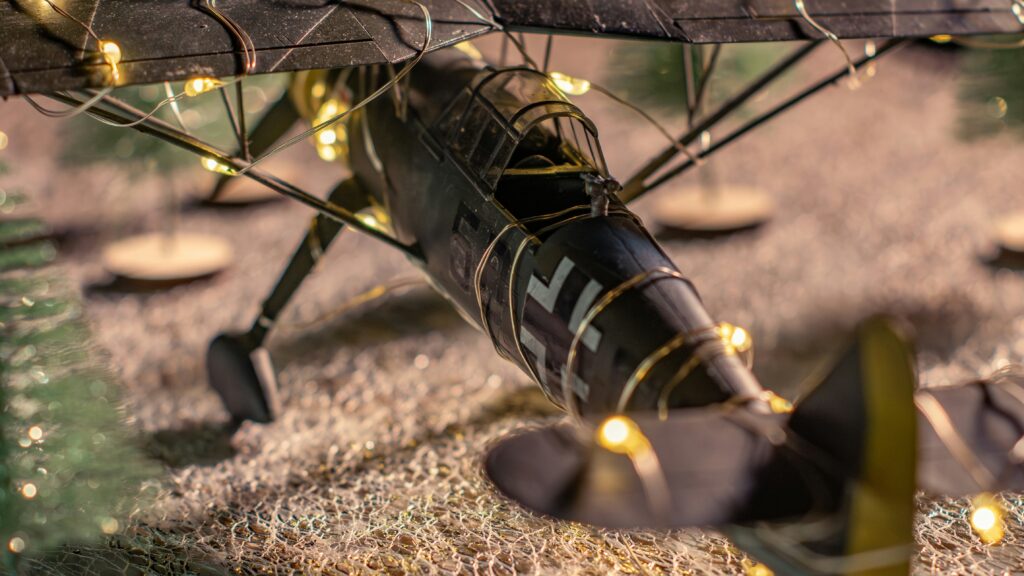
The field of insect-inspired robotics continues to evolve rapidly, with several emerging technologies poised to transform bug drone capabilities in the coming years. Self-healing materials that can automatically repair minor damage are being developed specifically for the high-stress components of bug drones, potentially allowing them to recover from collisions or wear that would currently be fatal to these delicate machines. Neuromorphic computing chips that mimic the structure and function of biological brains offer dramatic improvements in energy efficiency for onboard intelligence, potentially enabling sophisticated autonomous behaviors within extremely tight power budgets. Quantum sensors that leverage atomic-scale properties to detect magnetic fields, gravitational variations, and other phenomena with unprecedented precision could revolutionize navigation capabilities without requiring GPS or other external references. Perhaps most tantalizing is the prospect of fully autonomous swarms of thousands or even millions of coordinated bug drones, operating with collective intelligence modeled after social insects like ants or bees, capable of tackling complex tasks from environmental monitoring to disaster response on scales impossible with current technologies.
Ethical and Regulatory Considerations

As bug drone technology advances rapidly, societies face complex ethical and regulatory challenges that require careful consideration before these devices become widespread. Privacy concerns stand at the forefront, as nearly invisible surveillance platforms could fundamentally alter public spaces and reasonable expectations of privacy in ways current legal frameworks are ill-equipped to address. Environmental impacts require assessment, particularly if bug drones are deployed in large numbers—potential consequences include disruption to actual insect populations through competition, predation confusion, or even unintended effects on pollination systems. Weaponization potential presents perhaps the most serious concern, with international security experts calling for preemptive regulations on autonomous lethal bug drones before the technology becomes impossible to control effectively. Regulatory agencies worldwide are struggling to develop appropriate frameworks, with the U.S. Federal Aviation Administration, European Union Aviation Safety Agency, and similar organizations working to create specialized certification categories and operational rules for insect-scale aircraft that differ fundamentally from conventional drone regulations.
Conclusion
The convergence of entomology and robotics in bug drone development represents one of the most fascinating intersections of nature and technology in modern engineering. By studying and adapting the flight mechanics that insects perfected over millions of years of evolution, researchers are creating micro-aerial vehicles with capabilities that were impossible just a decade ago. While significant challenges remain—particularly in power systems, materials durability, and autonomous control—the rapid pace of advancement suggests that bug drones will likely become practical tools for numerous applications within the coming decade. As these technologies mature, society will need to thoughtfully address the ethical implications and establish appropriate regulatory frameworks to ensure their benefits are realized while minimizing potential harms. Whether searching for disaster survivors, monitoring crops, or conducting scientific research in previously inaccessible environments, these tiny technological marvels demonstrate how studying nature’s solutions can inspire revolutionary human innovation—proving once again that sometimes the most profound technological breakthroughs come from the humblest of inspirations.

